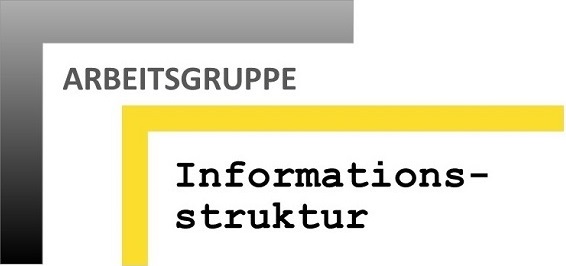Response particle systems vary cross-linguistically regarding the number of particles and the discourse functions of the particles. Some languages have two particles (English yes, no), others have three (German ja, nein, doch). Traditional accounts of response systems distinguish truth-based and polarity-based systems. In truth-based systems, yes-type answers confirm the truth of the antecedent proposition. By contrast, in polarity-based systems, response particles signal the polarity of the response clause. Languages may also employ both systems. Languages with a three-particle system often have a dedicated response particle for rejecting negative propositions. Experimental investigations on spoken languages have called some of these proposals into question because they showed that there is significant inter-individual variation, which is not well understood. The impact of non-lexical marking strategies like intonation or gesture has not been investigated systematically but there are indications that these matter. When it comes to the visual-gestural modality, very little is known about response particles in sign languages. Sign languages are, however, of particular interest since they have multiple articulatory channels available which may simultaneously encode truth and polarity. In this presentation, I discuss an experimental data from a production ex¬periment with 24 deaf native DGS signers, which explored responses to positive and negative as¬sertions. The study provides evidence that DGS has both manual and non-manual response elements and favours a truth-based response system in both kinds of response elements.
Beginn des Seitenbereichs:
Seiteneinstellungen:
Ende dieses Seitenbereichs. Zur Übersicht der Seitenbereiche
Beginn des Seitenbereichs:
Suche:
Schließen
Ende dieses Seitenbereichs. Zur Übersicht der Seitenbereiche
Suchen
Beginn des Seitenbereichs:
Hauptnavigation:
Seitennavigation:
- Universität
Universität
Lösungen für die Welt von morgen entwickeln – das ist unsere Mission. Unsere Studierenden und unsere Forscher:innen stellen sich den großen Herausforderungen der Gesellschaft und tragen das Wissen hinaus. - Forschungsprofil
Forschungsprofil
Wissenschaftliche Exzellenz und Mut, neue Wege zu gehen. Forschung an der Universität Graz schafft die Grundlagen dafür, die Zukunft lebenswert zu gestalten. - Studium
Studium
Wo ist der beste Ort zum Studieren? An der Uni Graz. In einer inspirierenden Atmosphäre des Lernen und Forschens. Mit rund 120 Studien zur Auswahl. Für deinen Weg in die Zukunft. - Community
Community
Die Universität Graz ist Drehscheibe für internationale Forschung, Vernetzung von Wissenschaft und Wirtschaft sowie für Austausch und Kooperation in den Bereichen Studium und Lehre. - Spotlight
Ende dieses Seitenbereichs. Zur Übersicht der Seitenbereiche
Beginn des Seitenbereichs:
Sie befinden sich hier:
Universität Graz Veranstaltungen Manual and Nonmanual Response Strategies in German Sign Language (DGS)
Ende dieses Seitenbereichs. Zur Übersicht der Seitenbereiche
02.12.2019
16:00 - 17:30
Arbeitsgruppe Informationsstruktur
[0025EG0102] Seminarraum SR 25.05, Mozartgasse 14, Erdgeschoß
Beginn des Seitenbereichs:
Zusatzinformationen:
Ende dieses Seitenbereichs. Zur Übersicht der Seitenbereiche
Ende dieses Seitenbereichs. Zur Übersicht der Seitenbereiche
